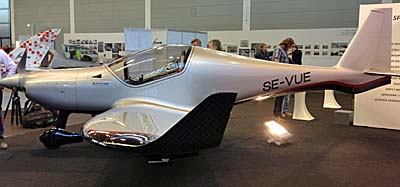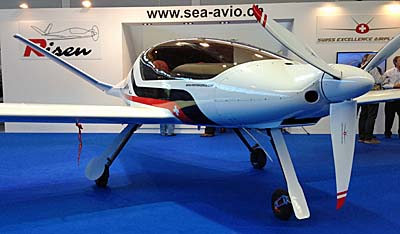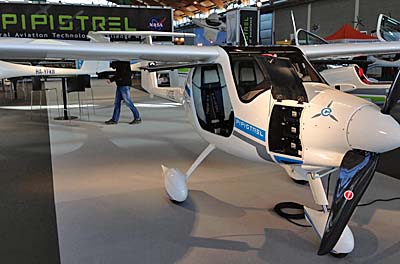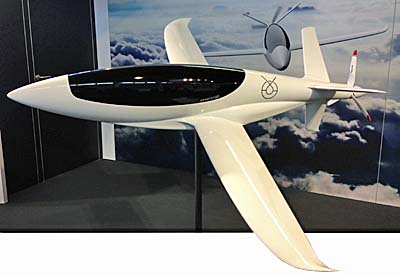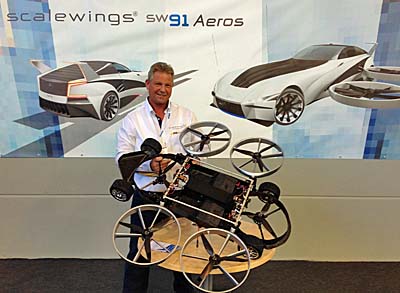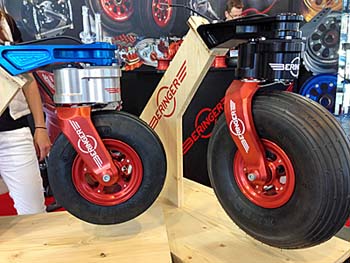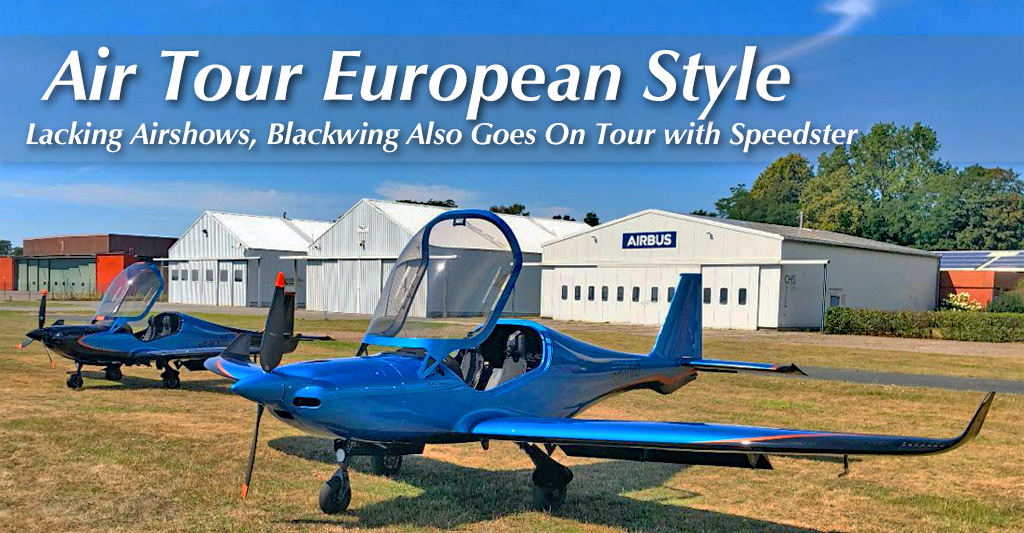
What a weird season, or non-season, if we think about all the airshows we should be attending …but are not! However, entrepreneurs do what they must and pilots remain as interested in flying as ever. Given both forms of determination, I expect those who tour with their airplanes will largely be warmly welcomed — although those still deeply worried about Covid may not venture out to the airfield. The good news, the concerned folks don’t have to attend yet those keen on pursuing their love of flight can at least check out a new airplane. You can stand physically distant if you wish and, of course, you can wear a mask although you may elect not to go aloft given a fairly small cabin. Nonetheless, I suspect most flyers will welcome Blackwing CEO Niklas Anderberg, as he takes his beautiful and very fast Light-Sport Aircraft around a series of airports in Europe.



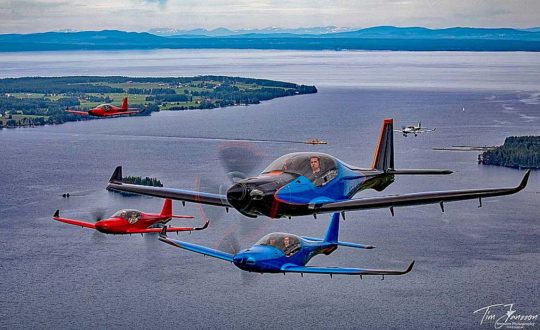 "We have also planned demo tours in Germany.
"We have also planned demo tours in Germany. 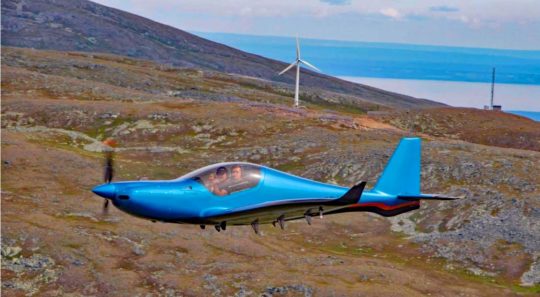 Meanwhile, "The 915iS model is getting close to 35 hours of test flights. We are doing testing at outside temperatures above 30 degrees celsius (86°F) to make sure the installation also works well in hot climates."
"We keep adding safety features," Niklas continued. "The newest one is that you forget to retract the gear — easily done with the 915iS since climb rate is 2,000 feet per minute — and fly above the maximum gear-extended speed, you will get a warning on the Garmin screen and blinking red lights. The same blinking feature is added when the gears are in transition or if you forget to extend your gear (in addition to the built-in
Meanwhile, "The 915iS model is getting close to 35 hours of test flights. We are doing testing at outside temperatures above 30 degrees celsius (86°F) to make sure the installation also works well in hot climates."
"We keep adding safety features," Niklas continued. "The newest one is that you forget to retract the gear — easily done with the 915iS since climb rate is 2,000 feet per minute — and fly above the maximum gear-extended speed, you will get a warning on the Garmin screen and blinking red lights. The same blinking feature is added when the gears are in transition or if you forget to extend your gear (in addition to the built-in 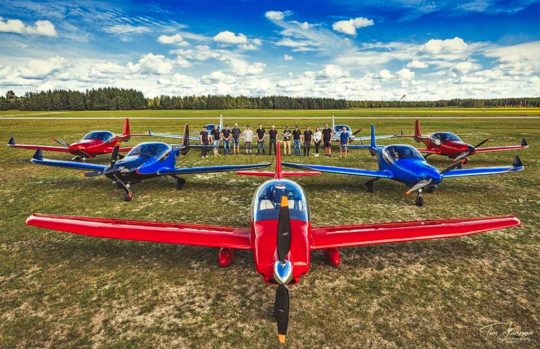
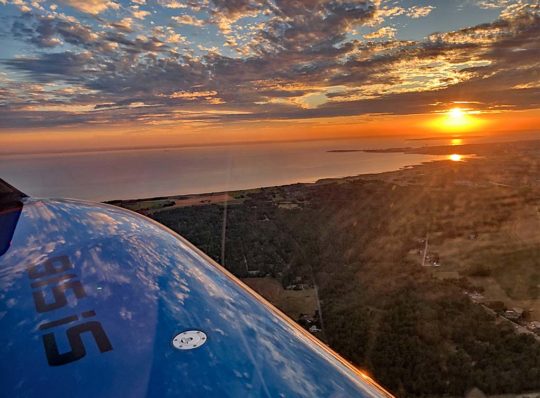
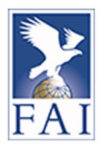 Our most-read story of 2020 was this
Our most-read story of 2020 was this 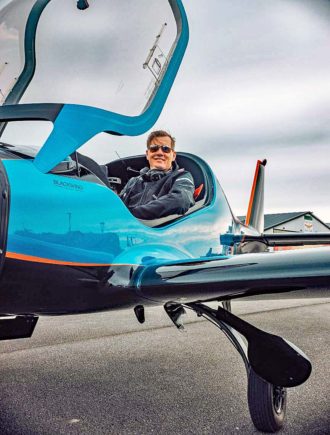 "A few weeks earlier," he continued, "we started high-speed taxi tests. We noticed immediately that this aircraft is something special. The turbo-charged engine (
"A few weeks earlier," he continued, "we started high-speed taxi tests. We noticed immediately that this aircraft is something special. The turbo-charged engine (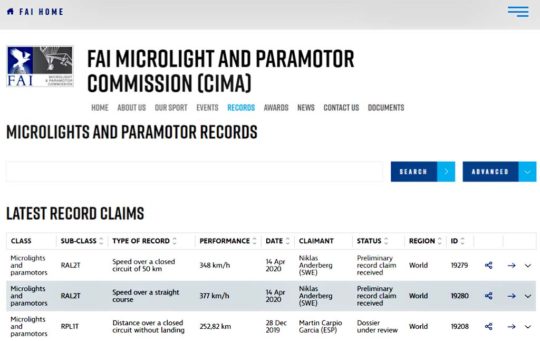 "On Tuesday the weather conditions were perfect. We decided to fly at 10,000 feet. The [FAI] criteria that the course could only be flown once made it even more intense. At the first turn, I climbed some 300 feet, and returning to altitude she accelerated to 219 knots (405 km/h). I felt extremely tense and had a hard time keeping the ball in the center. Overall I am happy that I managed to fly a pretty good course. On the straight course, we got 212 knots average speed. It was great to celebrate the success with my co-pilot Fredrik Lanz, and the rest of the Blackwing team.
"On Tuesday the weather conditions were perfect. We decided to fly at 10,000 feet. The [FAI] criteria that the course could only be flown once made it even more intense. At the first turn, I climbed some 300 feet, and returning to altitude she accelerated to 219 knots (405 km/h). I felt extremely tense and had a hard time keeping the ball in the center. Overall I am happy that I managed to fly a pretty good course. On the straight course, we got 212 knots average speed. It was great to celebrate the success with my co-pilot Fredrik Lanz, and the rest of the Blackwing team.
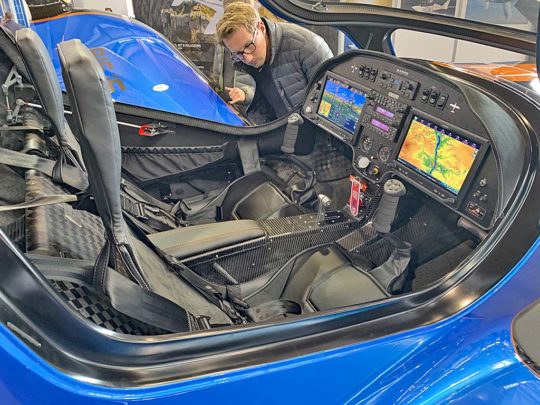 "The flight testing will continue in spring and summer. After 50 hours of flight testing, we can start taking passengers.
"The aircraft used for the record is a standard BW600RG with the Rotax 915iS engine. In order to optimize the drag, we only had one outside antenna and sealed some of the gaps."
Once again, my heartiest congratutions to Niklas, Fredrik, and Team Blackwing, for a job well done!
"The flight testing will continue in spring and summer. After 50 hours of flight testing, we can start taking passengers.
"The aircraft used for the record is a standard BW600RG with the Rotax 915iS engine. In order to optimize the drag, we only had one outside antenna and sealed some of the gaps."
Once again, my heartiest congratutions to Niklas, Fredrik, and Team Blackwing, for a job well done!
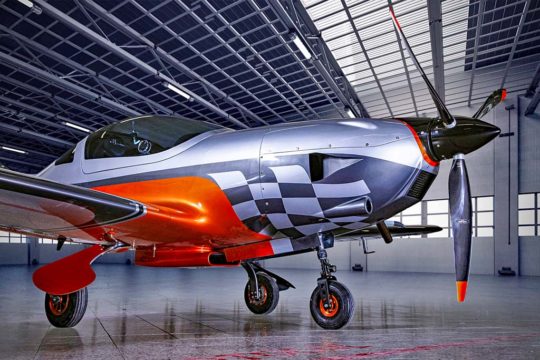 "JMB Aircraft is proud to announce some achievements from the past few months," the company wrote recently. "After more than 100 hours of flight test with two planes, we manage with success to perform a V-dive test reaching an indicated 381 kilometers per hour and 425 km/h (229 knots) true air speed. This enable us to safely increase our VNE up to an indicated 340 kilometers per hour (184 knots)."
On April 25th JMB added, "With all nominal operating parameters, we climbed to FL180 in 13 minutes with one short level off due to a too-fast climb reported by ATC. The conditions were ISO +7 degrees Celsius (45°F) and 600 kilogram MTOW. Our test pilots performed a level flight of several minutes at maximum continuous power and reached 380 km/h (205 knots) true airspeed, breaking the mythical 200 knot barrier."
"JMB Aircraft is proud to announce some achievements from the past few months," the company wrote recently. "After more than 100 hours of flight test with two planes, we manage with success to perform a V-dive test reaching an indicated 381 kilometers per hour and 425 km/h (229 knots) true air speed. This enable us to safely increase our VNE up to an indicated 340 kilometers per hour (184 knots)."
On April 25th JMB added, "With all nominal operating parameters, we climbed to FL180 in 13 minutes with one short level off due to a too-fast climb reported by ATC. The conditions were ISO +7 degrees Celsius (45°F) and 600 kilogram MTOW. Our test pilots performed a level flight of several minutes at maximum continuous power and reached 380 km/h (205 knots) true airspeed, breaking the mythical 200 knot barrier."
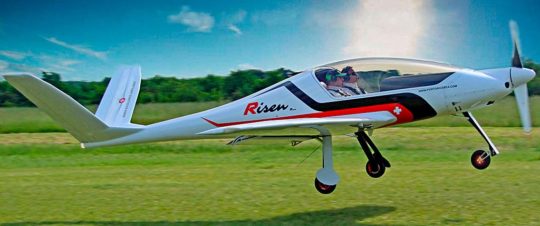 I suspect the LSA-like airspeed race isn't over yet, especially given the previous record holder — Risen, from a formerly Swiss, now Italian company renamed as
I suspect the LSA-like airspeed race isn't over yet, especially given the previous record holder — Risen, from a formerly Swiss, now Italian company renamed as 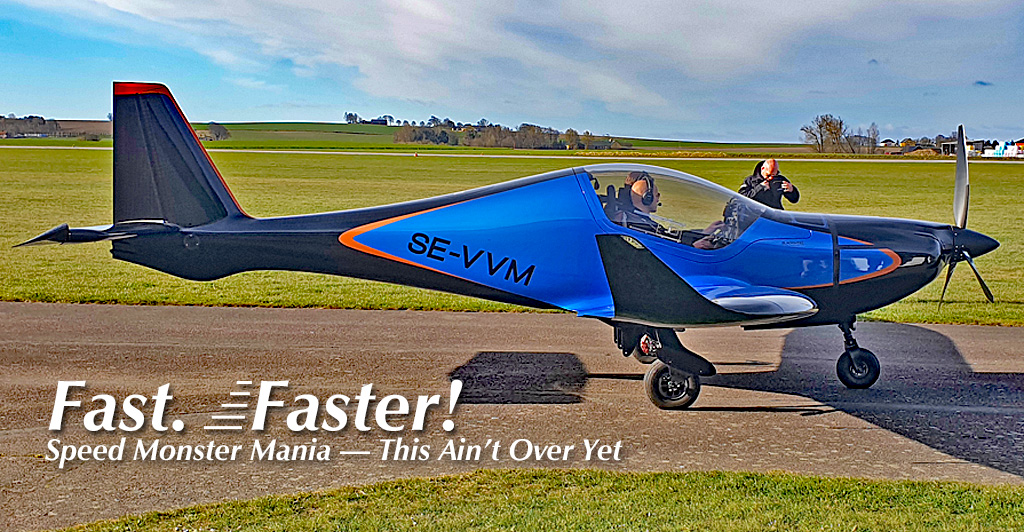
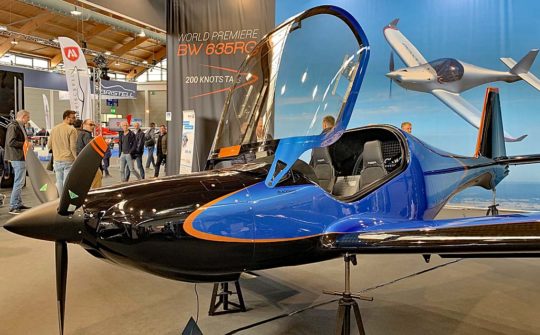 During this coronavirus mess, Sweden has been in the news because authorities did not fully lock down the country. Some closures were recommended and certain folks (older, immune-deficient… you've heard all this repeatedly) were encouraged to self-isolate. Yet pictures show restaurants, streets, and other public venues with plenty of people. Sweden has had deaths, of course, every one of them tragic. Yet it will provide a good baseline with which to judge the effectiveness of lockdown procedures from draconian to… well, Swedish.
However, the greater freedom enjoyed by Swedes allowed an impressive flight only a few days ago.
During this coronavirus mess, Sweden has been in the news because authorities did not fully lock down the country. Some closures were recommended and certain folks (older, immune-deficient… you've heard all this repeatedly) were encouraged to self-isolate. Yet pictures show restaurants, streets, and other public venues with plenty of people. Sweden has had deaths, of course, every one of them tragic. Yet it will provide a good baseline with which to judge the effectiveness of lockdown procedures from draconian to… well, Swedish.
However, the greater freedom enjoyed by Swedes allowed an impressive flight only a few days ago.
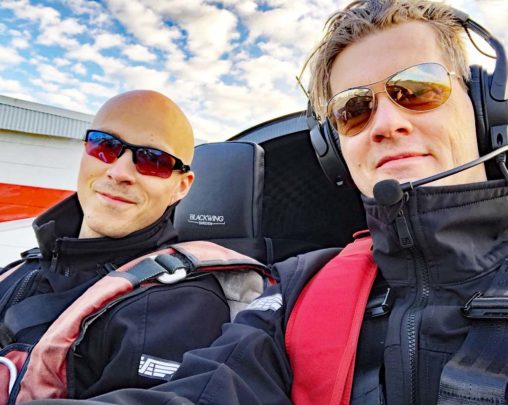
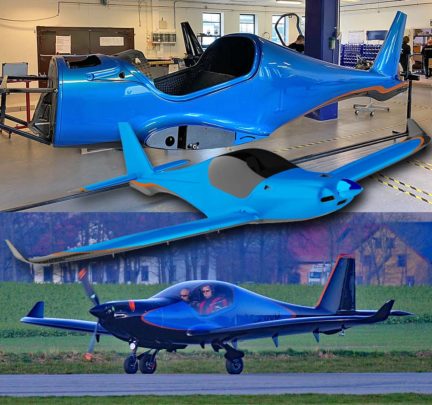
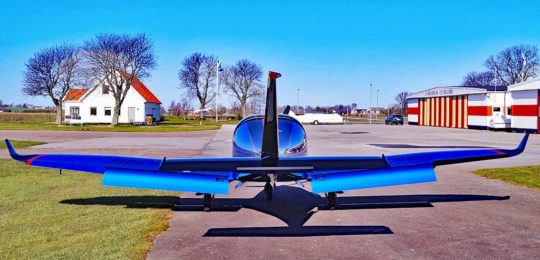 The two pilots from the south of Sweden set two new world records and have filed for FAI (Fédération Aéronautique Internationale) recognition.
Niklas (pilot and CEO of Blackwing) and Fredrik reported their record attempt…
"On Tuesday, April 14th, weather conditions were excellent in Landskrona to try to set a world record," they said. "We flew in cold air, which made the conditions of 10,000 feet for our turbocharged Blackwing 600 RG almost optimal," said Anderberg.
The two pilots from the south of Sweden set two new world records and have filed for FAI (Fédération Aéronautique Internationale) recognition.
Niklas (pilot and CEO of Blackwing) and Fredrik reported their record attempt…
"On Tuesday, April 14th, weather conditions were excellent in Landskrona to try to set a world record," they said. "We flew in cold air, which made the conditions of 10,000 feet for our turbocharged Blackwing 600 RG almost optimal," said Anderberg.
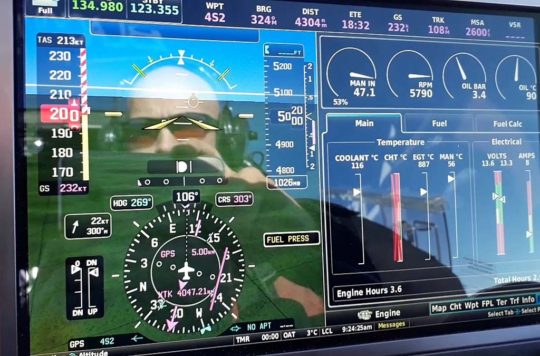 While laying claim to two new world records, to gain proper recognition of their achievement, the performance must now be checked and approved by the International Aviation Sports Association,
While laying claim to two new world records, to gain proper recognition of their achievement, the performance must now be checked and approved by the International Aviation Sports Association, 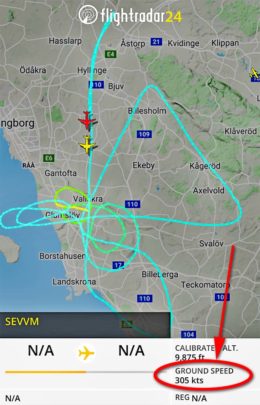 For the official record in Class UL aircraft RAL2T (Movable Aerodynamic Control / Landplane / Flown with two persons / Thermal Engine), previously recognized record holders include:
For the official record in Class UL aircraft RAL2T (Movable Aerodynamic Control / Landplane / Flown with two persons / Thermal Engine), previously recognized record holders include:
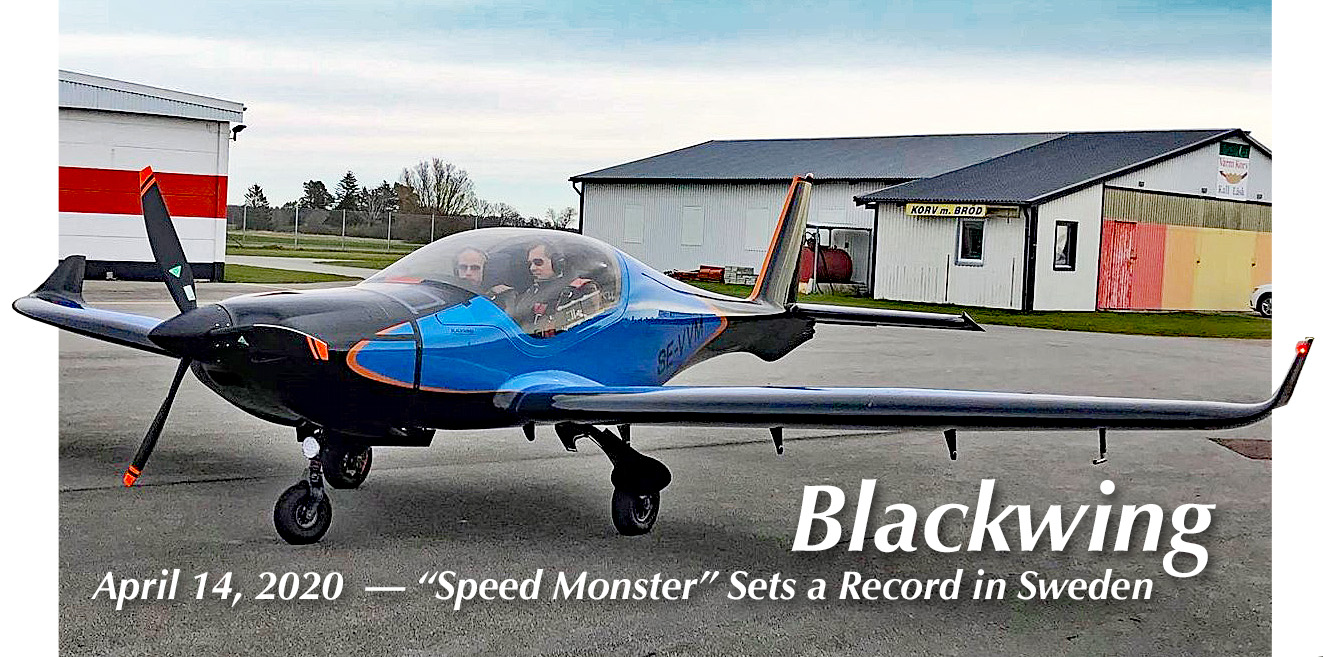
 Could 2020 bring a new description of aircraft under the LSA banner? Could this include greater capabilities and opportunities? Could you get the airplane you want for less? When?! Yes, yes, and yes …but probably not as soon as you want. The regulation may not emerge in 2020 but whatever the announcement date, what could be coming and how will it affect you?
We still have more to report from Sun 'n Fun and Aero 2019 — and we will! — but numerous conversations at each event have pointed to another topic of keen interest to many: "What's coming and when?"
Manufacturers of aircraft are among the most interested to hear more, but so are individual pilots and all the organizations and other enterprises that serve the recreational aircraft market. In this article, let's take a closer look. (More articles will follow.)
Could 2020 bring a new description of aircraft under the LSA banner? Could this include greater capabilities and opportunities? Could you get the airplane you want for less? When?! Yes, yes, and yes …but probably not as soon as you want. The regulation may not emerge in 2020 but whatever the announcement date, what could be coming and how will it affect you?
We still have more to report from Sun 'n Fun and Aero 2019 — and we will! — but numerous conversations at each event have pointed to another topic of keen interest to many: "What's coming and when?"
Manufacturers of aircraft are among the most interested to hear more, but so are individual pilots and all the organizations and other enterprises that serve the recreational aircraft market. In this article, let's take a closer look. (More articles will follow.)
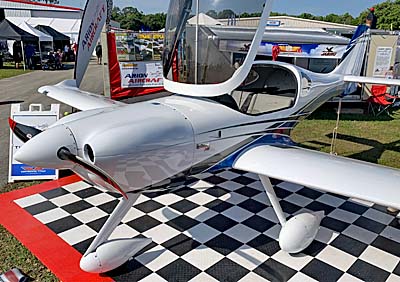
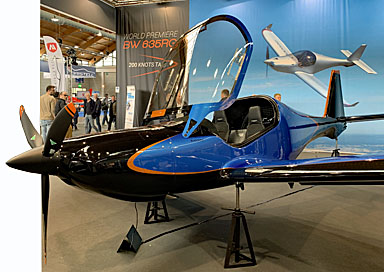
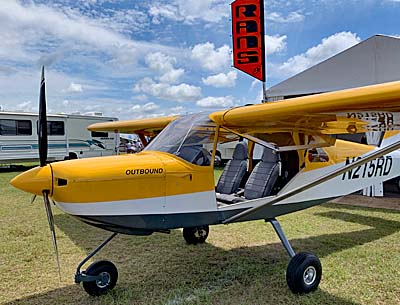
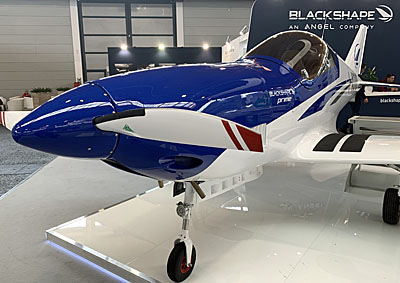
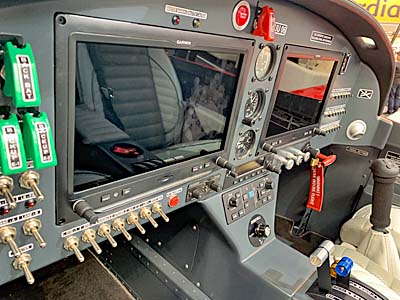
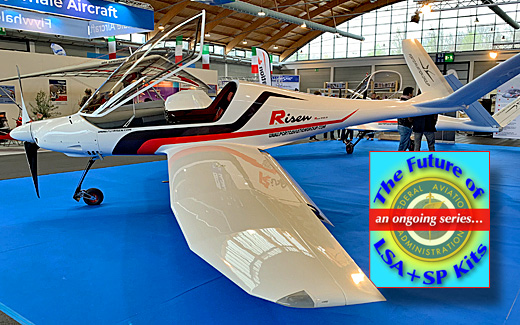
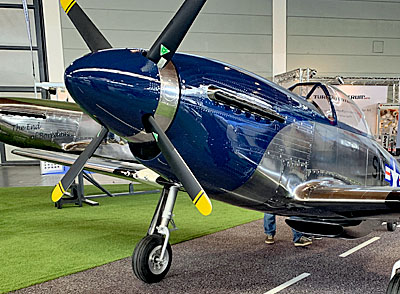 ScaleWings SW51
ScaleWings SW51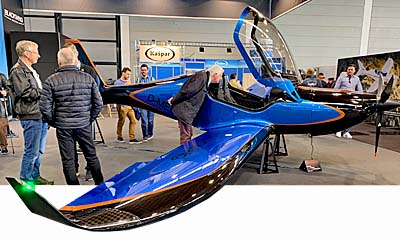 Blackwing 600RG
Blackwing 600RG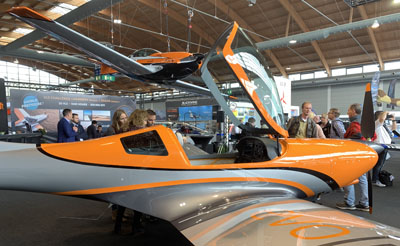 JMB Aircraft Update
JMB Aircraft Update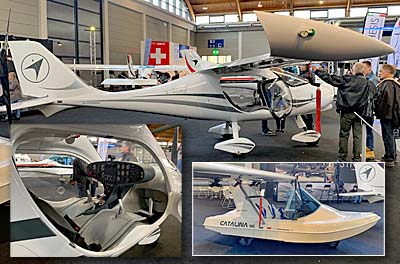 Fly Synthesis Synchro & Catalina
Fly Synthesis Synchro & Catalina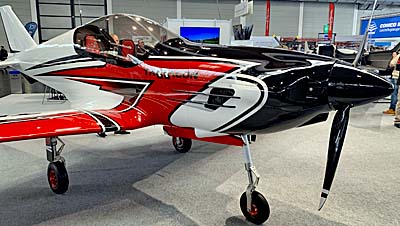 The stories from
The stories from 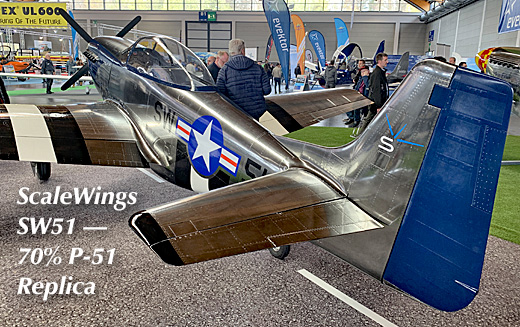
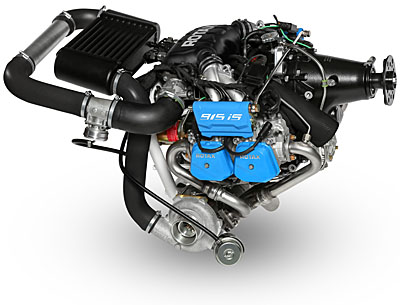
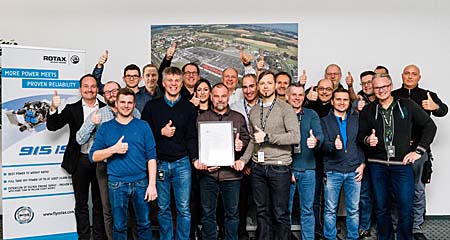 They added, "It will also offer the possibility to carry up to four persons" for aircraft such as
They added, "It will also offer the possibility to carry up to four persons" for aircraft such as 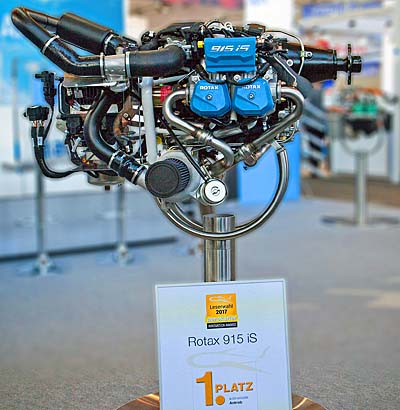 Rotax Aircraft Engines
Rotax Aircraft Engines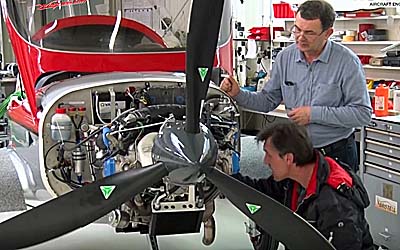
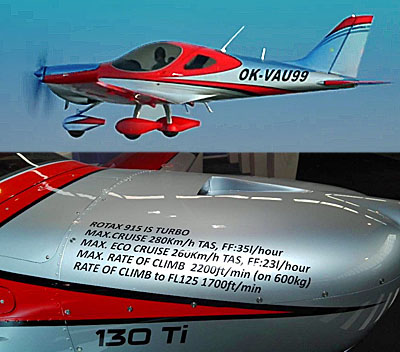 BRM has been flying a prototype aircraft with the 915 iS engine installed. Their preliminary flying shows some solid results.
BRM has been flying a prototype aircraft with the 915 iS engine installed. Their preliminary flying shows some solid results.